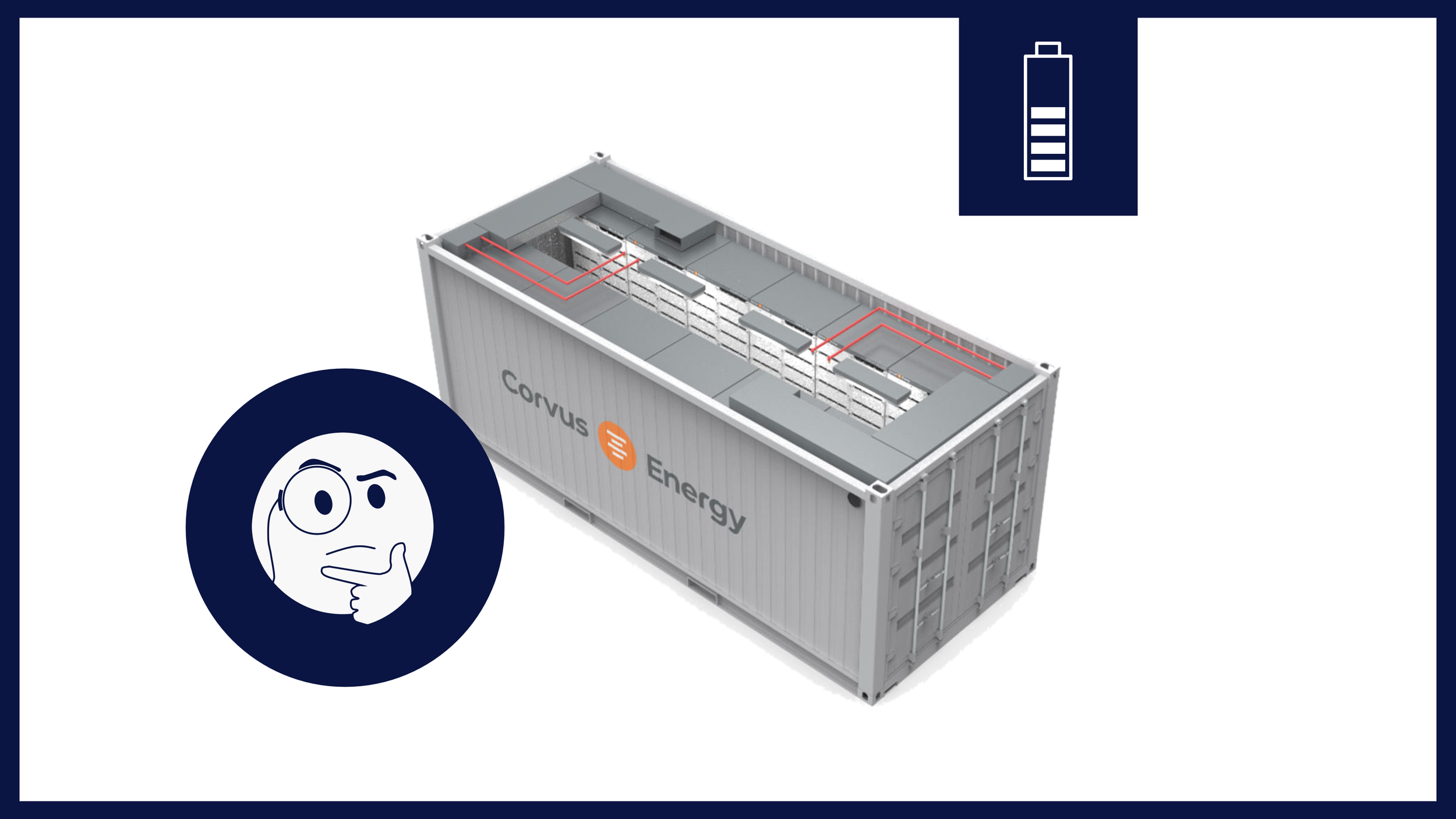Shore Battery
This page is dedicated to provide you with a full overview on the use of batteries for shore power while moored. Use the Decarbonizer to determine cost savings for your vessel. Contact the helpdesk for help.
Key Insights
How much do marine battery systems costs? Find rules of thumb to create your own business case here.
Which technical specifications and standards apply when using marine battery technology? Download technical specs. and feasibility studies here.
Decarbonize your vessel
The Decarbonizer tool includes all lessons and saves you time
Learn more
This case study determines the effects of pooling a fully electric small-sized chemical tanker with similar type vessels in the context of FuelEU Maritime. The results show that a single electric ship can include up to 69 ships in its pool in 2025, each ship consuming 2,555 mT MDO per year.
IEC/IEEE 80005 is the main standard for shore power. This standard categorically divides shore power plugs and sockets into low voltage shore connection systems (LVSC < 1 MVA) and high voltage shore connection systems (HVSC > 1 MVA). LVSC systems are governed by IEC/IEEE 80005-3 for operability and IEC 60309-5 for dimensions. HVSC systems are governed by IEC/IEEE 80005-1 for operability and IEC 62613-2 for dimensions.
Renewable Energy Units - Hernieuwbare Brandstof Eenheden - are a Dutch system of certificates based on the EU Renewable Energy Directive (RED). Under the system, parties that produce liquid fossil fuels for transport have an obligation from the government to purchase REUs. Per year, €1 billion REUs are traded in the Netherlands. You can earn between 4.5 and 18 eurocents per kWh ‘sold’ to a vessel, for example when using shore power.
This is a case study on the ‘Skoon Skipper’, a general cargo large Rhine vessel, with an average of 40 [kW] power demand while moored to which a shore battery is applied. Batteries can help you comply with shore power regulations where no infrastructure exists with limited to no CAPEX investments. CAPEX is €0 for this case study as the battery pack is rented at an estimated €400 dayrate. Purchase cost for battery pack are approx. €350.000. This case study is powered by our preferred partner Skoon.
The Corvus BOB (Battery On Board) is a standardized, class-approved, modular battery room solution available in 10-foot and 20-foot ISO high-cube container sizes. The complete system comes with battery, monitoring system, HVAC , TR exhaust, plus firefighting and detection system. The plug and play battery room simplifies integration into any system integrator’s power management system on board a ship. The battery cells have passive thermal runaway protection, and are type-approved according to DNV.
Ports are the start and end of every vessel’s journey. Because of this, onshore power supply undeniably plays a big part of the decarbonization of the maritime industry. Creating a network of onshore power supply in ports around the world is a tremendous but necessary task. One of the companies providing the technology for this transition is ShoreLink. Watch this lunch and learn by Shorelink, presented by Levan Chikviladze, to learn more.
This blog provides an overview of (European/Dutch) shore power sockets and plugs. They are categorized into three groups, depending on a ship’s installed power: below 100 kW, below 2.000 kW and above 2.000 kW. Especially below 100 kW, there is great diversification of plugs which would merit the creation of a ‘universal adapter’ for ships. Share your experience to help other shipowners.
In February 2022, Skoon placed a battery system on Noordereiland for the Port of Rotterdam to boost shore power for stationary inland vessels. Addressing power shortfalls, the battery supported shore power cabinets, successfully delivering up to 63A without tripping fuses, benefiting both vessels and residents. This solution also enabled supplying power to larger ships, aligning with sustainability goals and showcasing potential expansion across the city center.
Using Tesla’s announcements of Battery Day, DNV expects the cost of batteries to be reduced by 56% (measured in $/kWh) by 2025. Worldwide, DNV predicts that passenger electric vehicles are likely to start outselling their internal combustion engine counterparts from 2032 onwards. In North America, Europe and China this will take place well before 2030. Tesla’s success could spill over from land-based vehicles into adjacent transport sectors. On the assumption of success on all fronts, Tesla will achieve the critical battery density for short range electric airplanes – namely 400 Wh/kg with high cycle life.
Solid-state lithium batteries do not have a traditional anode, but one made up of pure lithium when charged.













What are solid-state batteries? Where can I buy solid-state batteries for my vessel?